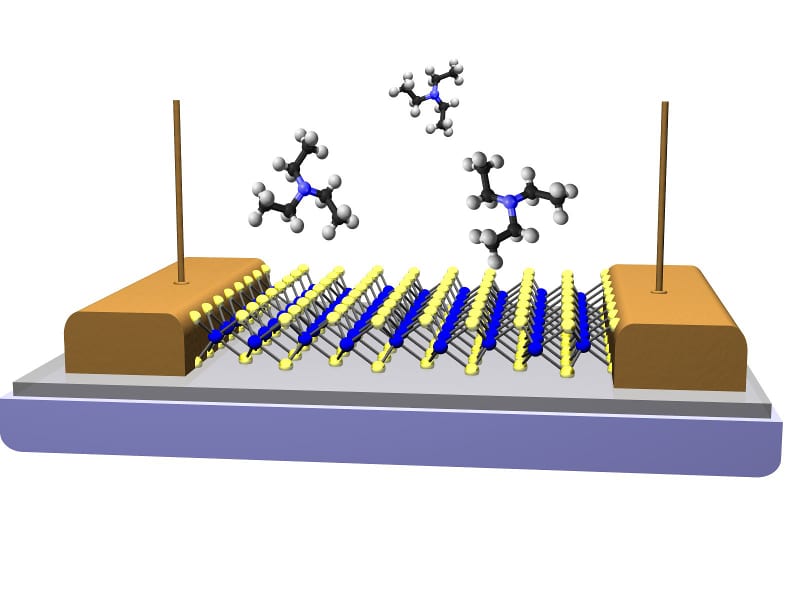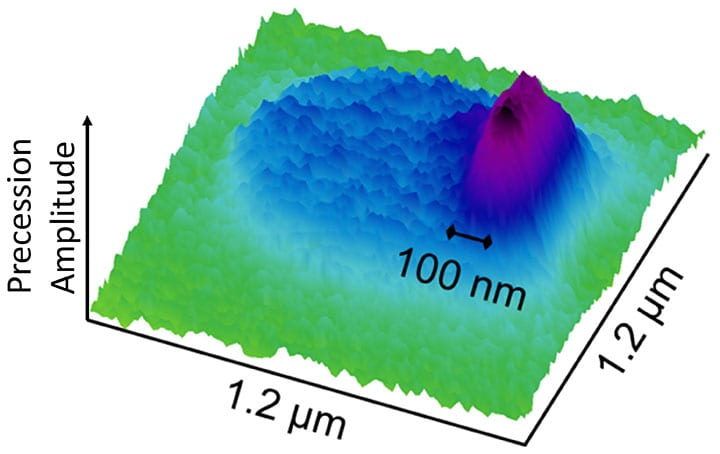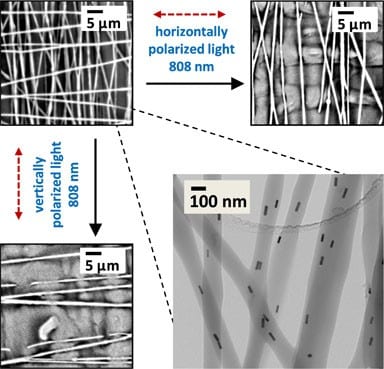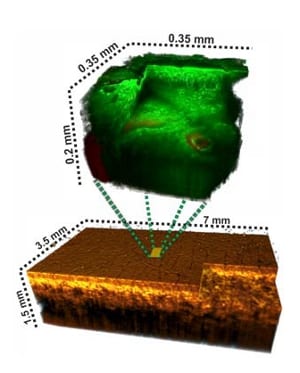Researchers propose to create materials capable of protein recognition by means of a new technique based on nanosphere lithography.


Researchers propose to create materials capable of protein recognition by means of a new technique based on nanosphere lithography.
Fabrication method could pave the way for cheaper, greener, “paint-on” plastic electronics.

NRL team develop a vapor sensor based on new monolayer materials that shows great potential for future nanoscale electronic devices.

International team measure large variations in the magnetic properties along the edge of a thin film 500 nm-diameter disk.
Director of Seitz Materials Research Laboratory honored for contributions to stretchable/flexible electronic systems.
Research enables bulk silicon to emit broad-spectrum, visible light, opening the possibility of devices that have both electronic and photonic components.

Researchers from North Carolina State University have developed a way to melt or “weld” specific portions of polymers by embedding aligned nanoparticles within the materials.

Combining two methods into a single platform opens up new possibilities for non-invasive 3D skin imaging.
Rice lab finds vanadium oxide/graphene material works well for lithium-ion storage.

Adhesion Society meeting sticks together the fundamentals and applications of adhesive science.